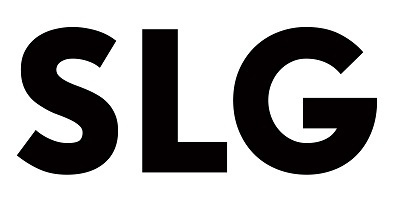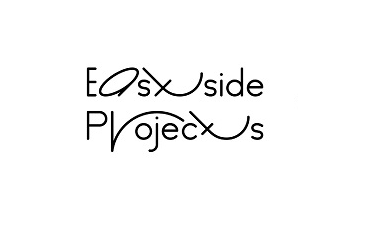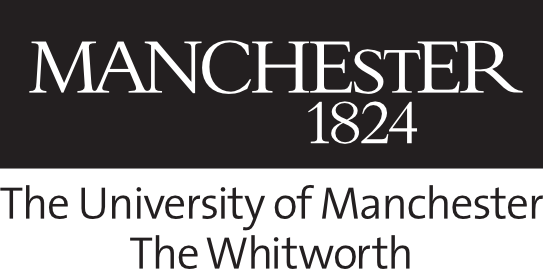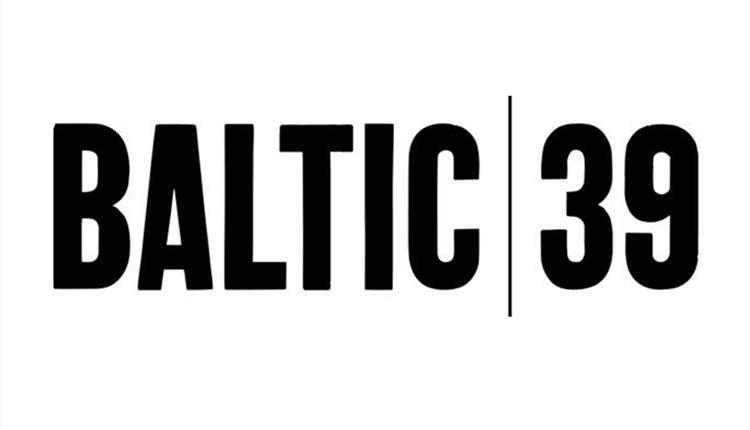The Incidental Unit touring programme: Incidental Futures is the first public programme organised by Incidental Unit and will explore the ongoing relevance of the Artist Placement Group’s ways of working by hosting six public meetings led by artists at public institutions in Birmingham, Bristol, Edinburgh, Liverpool, Manchester and Newcastle.
Through ‘incidental meetings’ IU will invite participants to join these public events, hosted by a commissioned artist local to the venue. Calling upon anyone to share thoughts and practice to continue researching the impact of APG and O+I today, in both the programme and online in the IU Directory. This programme aims to collect material, facilitate conversation and inspire action.
These events will be followed by a large-scale public gathering of 100+ artistic practitioners in London at South London Gallery with special contributions from The Centre for Research and Education in Arts and Media (CREAM) of the University of Westminster. An online resource will disseminate collected outcomes from the programme.
Programme Dates
2.00pm Saturday 23 February - Summerhall, Edinburgh
6.30pm Thursday 21 March - Bluecoat, Liverpool
6.30pm Thursday 18 April - Eastside Projects, Birmingham
2.00pm Saturday 1 June - Baltic39, Newcastle
2.00pm Saturday 15 June - Spike Island, Bristol
6.30pm Thursday 18 July - Manchester Art Gallery
Click through for more information

Image Credit: The Sculpture – Vacant State, exhibition view between 6, Kunsthalle Düsseldorf, 1971. Courtesy Barbara Steveni
The Incidental Unit (IU) was formed in 2016 following a series of 'incidental meetings‘. The aim of these meetings was to informally share information about the Artist Placement Group (APG) (1966-89), as well as its successor O+I (Organisation and Imagination) (1989-2009). Founded by artist Barbara Steveni in London in the 1960s, the APG sought to reposition the role of the artist in society. For the APG, the artist was no longer restricted to or defined by the burgeoning culture industry nor conceptual modes of practice. Rather, the artist could be put to work in what was called ‘industry’ in the UK of the 1960s. By way of the APG, artists were placed into governmental and commercial sectors. The IU seeks to reignite and enrich debates around the role of the artist in contemporary society and, more specifically, around current modes of socially engaged practice in the UK.
The IU reprises John Latham’s use of the term ‘incidental’. It is used to refer to activities without a predetermined intention. Incidental also refers to what Barbara Steveni identifies as the ‘not knowing’ experienced by an individual who enters an unfamiliar context or chooses to critically examine their own. The IU encourages approaches that interrupt existing institutional codes and that therefore create the opportunity to develop new patterns in education, administration and planning processes. To this end the IU has no formal organisational structure associated with legal, industrial or cooperative models. It is instead bound together by relations, knowledge, experience and a record of incidental activity that reflects the socially engaged nature of the IU. It is a unit of activity.

Image Credit: The Sculpture, exhibition view between 6, Kunsthalle Düsseldorf, 1971. Courtesy Barbara Steveni
For press and further image requests:
Polly Wright, Project Coordinator: info(at)incidentalunit.org
More information
Website: Incidentalunit.org/about
Instagram & Twitter: @incidentalunit

Image Credit: The Sculpture, exhibition view between 6, Kunsthalle Düsseldorf, 1971. Courtesy Barbara Steveni
Glossary
Incidentality
Although prevalent in the work of the APG and the IU, ‘incidentality’ is not a term that either iteration readily defines in a prescriptive manner. We can, though, get a sense of the concept’s significance in John’ Latham’s Event Structure and its description of what an incidental person does:
"Incidental Person is an individual who, when confronted by two opposing ideological fixes, 'takes the stand of a third ideological position which is off the plane of their obvious collision areas. The function is more to watch the doings and listen to the noise . . . In doing this, (s)he represents people who would not accept their premises, time-bases, ambitions, formulations as valid, and who will occupy the scene later.'" (John Latham, Event Structure, 1981. Syntax, Calgary, p.63)
The IU also uses the term ‘incidental’ to mean occurring without a predetermined intention. In other words, incidentality is independent of special interests, namely commercial, industrial, government and institutional premise. Incidental also refers to what Barbara Steveni identifies as the ‘“not knowing’” experienced by an individual who enters an unfamiliar context or chooses to critically examine their own. The IU encourages approaches that interrupt existing institutional codes and therefore create the opportunity to develop new patterns in education, administration, planning processes and more.
Incidental Person (IP)
The APG’s adoption of the term ‘incidental person’ coincided with the expansion of negotiation of placements of IPs to encompass not just industry but also government bodies, including APG member John Latham’s placement with the Scottish Office (1975-76). APG’s shift from industrial placements to government placements was made possible by conceptual creator and APG co-founder Barbara Steveni’s negotiation of the seminal Whitehall or Civil Service Memorandum with the U.K. government in 1972. The role of the IP was further expanded by APG’s successor Organisation and Imagination (O+I, 1989-2009) and their Southwark Education Research Project (SERP) with the Southwark Education Department.
Central to the APG’s notion of the IP was that they had an interest in organisational structures and operating critically and creatively in this context. Whether that organization be an industry, government body or educational institution, the IP commands their own language, material or approach.
Within the organizational structure, the IP’s activity is not predetermined. In fact, it is importantly undefined. Therefore, the IP has the advantage of critically observing aspects of organizations that individuals immersed in their everyday routine cannot always recognise. While the IP’s objective always begins as undefined, their intention is to critically question and prioritize long-term benefits over short-term gain for the betterment of society as a whole.
Incidental Unit (IU)
The Incidental Unit (IU, 2016 - present) continues the tradition of the Artist Placement Group (APG) and Organisation and Imagination’s (O+I) concept of the incidental person (IP) and/or incidentality. It does so by creating a collaborative critical discussion space to support and define the role of and/or what it means to be an IP now. The IU seeks to encourage and foster IPs in their approach that interrupts existing institutional code and therefore create the opportunity to develop new patterns in education, administration, planning processes and more.
The IU is recognised by the APG and O+I as the practice’s current iteration. The IU provides critical support space in which to discuss and exchange ideas with artists, curators and IPs without the expectations or evaluative frameworks of an artistic commission, gallery briefing or social project. To this end, the IU draws out key ideas, methods, process and rationale for maintaining the independent and critical work of artists and curators, connecting the historical legacy of the APG with the complex nature of social practice now.
Incidental Meetings (IM)
The IU was formed out of a series of incidental meetings (IMs) in order to informally share information about the APG (1966-89), as well as O+I (1989-2009), whose revolutionary work on 'the artist placement' and the idea of being incidental within a societal context remained an urgent concern sahred by the members. The meetings have shared just one open agenda item: 'unfinished business'. The meeting structure evolved in intention and purpose to become the IU, with the aim of reconnecting the rigorous approach of APG with wider concerns around the brief given to socially engaged art today. IU have since hosted a wide range of artists, collectives and others who are given a critically supportive space in which to discuss and exchange their ideas without the expectations or evaluative frameworks of an artistic commission, gallery briefing or social project.
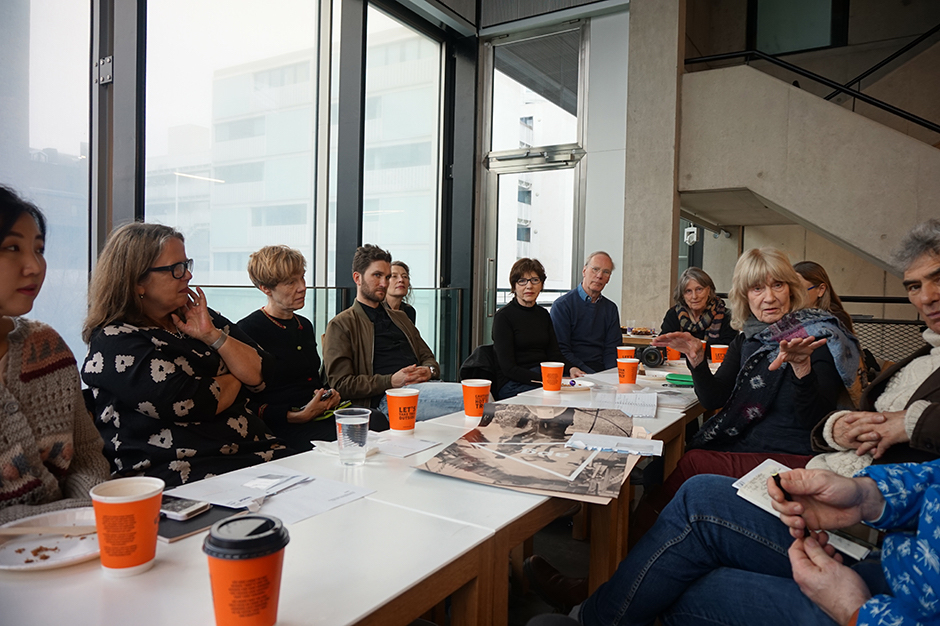
The Incidental Unit, meeting at Royal College of Art, 2016
